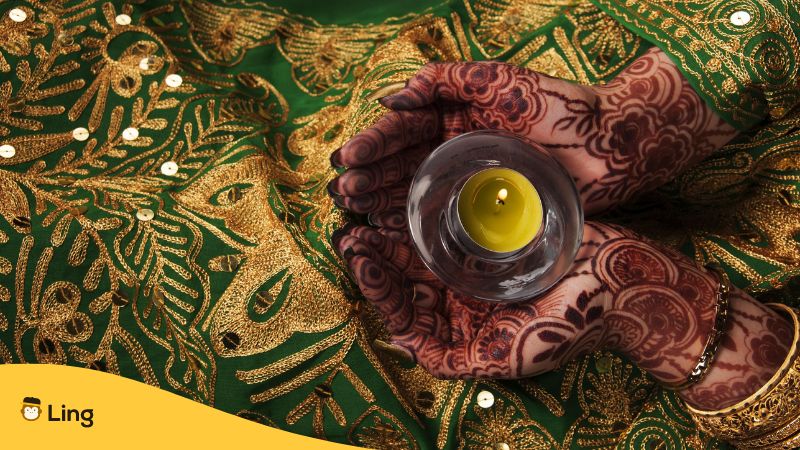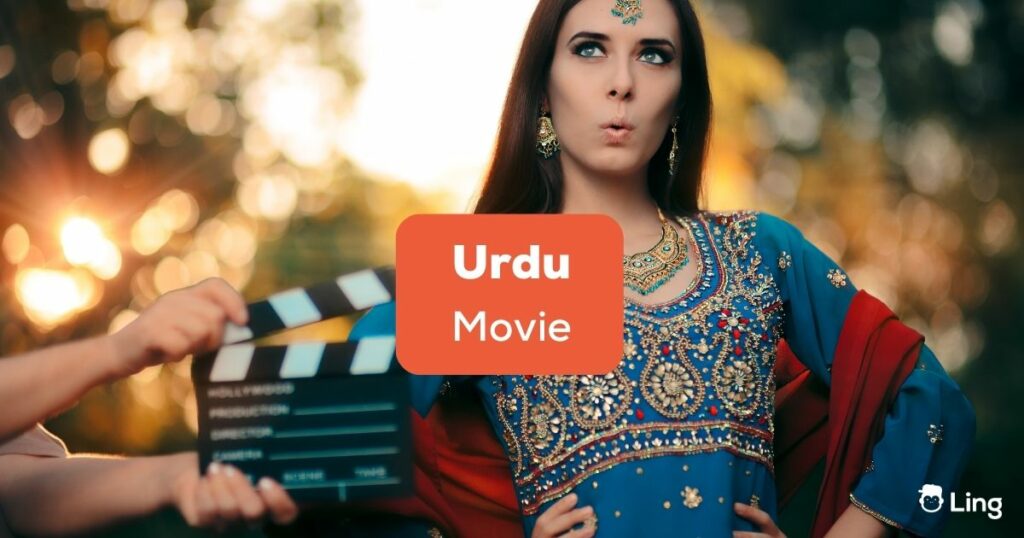Ever watched an Urdu movie? It could be a film production from either Pakistan or India. But not every film from either of these countries is an Urdu movie. However, a vast number of them are made in Urdu and Hindi, its sister language. Does that make your head spin?
Well, that’s because more than 70 languages are spoken in Pakistan and India, the number is close to 400! However, Urdu, being the national language of Pakistan and one of the 22 official languages of India, enjoys a special status in both countries. Along with Hindi, it rules the film Industry in India, which is known as Bollywood worldwide.
In this article, we delve into the enchanting world of Urdu films, exploring their evolution, cultural significance, and the unforgettable gems they have produced. We’ll glance at some of the most impactful and well-appreciated Urdu movies produced in both countries.
Join us as we celebrate the magic and magnificence of Urdu cinema, a realm where poetry, passion, and the power of storytelling converge.
Urdu Cinema
Urdu cinema (سِنِیما), an integral part of the rich tapestry of South Asian cinema, showcases a blend of artistry, culture, and profound emotions. Urdu movies have captivated audiences across India and Pakistan, transcending linguistic and regional boundaries. From heartfelt dramas to soul-stirring romances, Urdu cinema has carved a niche for itself with its unique storytelling and captivating performances.
In India, iconic Urdu movies such as Mughal-e-Azam (1960), a timeless epic romance, and Pakeezah (1972), a tale of love and redemption, continue to enchant audiences even decades after their release. Pakistani Urdu films like Bol and Khuda Kay Liye have garnered international recognition for their thought-provoking themes and exceptional storytelling.

Urdu Films In Pakistan
The origins of Urdu cinema in Pakistan can be traced back to the early 1950s, when the first Urdu-language film, Teri Yaad, was released. This marked the beginning of a new era, as Pakistani filmmakers embraced Urdu as the primary language for their cinematic endeavors, after bidding adieu to Bombay (now Mumbai), where the film industry had its roots pre-Independence. During the 1960s and 1970s, the industry witnessed a golden age, producing numerous classics like Armaan, Aaina, and Anjuman, which are still revered for their exceptional storytelling and melodious music.
In recent years, Urdu cinema has experienced a revival, with a surge of critically acclaimed films that have garnered both national and international recognition. One such example is Shoaib Mansoor’s Khuda Kay Liye (2007), a thought-provoking film that tackled religious extremism and garnered accolades worldwide. Another noteworthy film is Bol (2011), directed by Shoaib Mansoor again, which tackled social issues and sparked important conversations.
Prominent directors have emerged in the Urdu cinema landscape, contributing to its growth and success. Filmmakers like Nabeel Qureshi (Na Maloom Afraad, Actor in Law) and Sarmad Khoosat (Manto, Zindagi Tamasha) have showcased their unique storytelling abilities and pushed boundaries with their thought-provoking narratives.
The world of Urdu cinema in Pakistan is also blessed with exceptional talent in terms of actors. Veteran performers such as Nadeem Baig, Waheed Murad, and Shabnam have left an indelible mark on the industry, while contemporary stars like Mahira Khan, Fawad Khan, and Mehwish Hayat have gained international recognition for their versatility and captivating performances.
Urdu Films In India
Urdu cinema in India emerged as a prominent subgenre within the larger framework of Bollywood, catering to Urdu-speaking audiences and showcasing the unique cultural and linguistic nuances of Urdu-speaking regions like Old Delhi, Lucknow, Aligarh, Faizabad, Hyderabad, and so on. The films of this genre were bracketed as ‘Muslim socials’ because the dialogues were mostly in Urdu and they told the stories of Muslim elites, or Nawaabs, of a gone-by era.
During the golden era of the Hindi film industry in the 1940s and 1950s, legendary filmmakers like Mehboob Khan and K. Asif helmed iconic movies that continue to be celebrated today. Mughal-e-Azam (1960), directed by K. Asif, is considered a masterpiece, renowned for its opulence, unforgettable performances, and immortal love story. Another classic, Pakeezah (1972), by prominent director Kamal Amrohi, is celebrated for its poetic narrative and mesmerizing musical compositions, apart from its leading lady Meena Kumari’s career-best performance.
Urdu cinema in India has also witnessed the emergence of exceptional directors who have pushed boundaries and brought fresh perspectives to the screen. Filmmakers like Shyam Benegal (Junoon, Zubeidaa, Mammo) and Muzaffar Ali (Umrao Jaan) broke free from the ‘Muslim social’ narrative by pushing the boundaries and delving into themes of love, identity, family dysfunctions, and societal issues.

Over the years, Urdu cinema in India found quality patronage thanks to the talented penmanship of story writers and lyricists like Kaifi Azmi, Sahir Ludhiyanvi, Majrooh Sultanpuri, Saeed Akhtar Mirza, Shama Zaidi, Khalid Mohamed, and Gulzar. They have become synonymous with excellence when it comes to Urdu.
The current status of Urdu cinema in India reflects an evolving landscape. While the dominance of Hindi cinema is prevalent, there has been a resurgence of films that celebrate the Urdu language and culture. Notable recent films such as Haider (2014) by Vishal Bhardwaj and Manto (2018) by Nandita Das have received critical acclaim for their exploration of sociopolitical themes and literary icons.
Learn Urdu With Ling
The Ling app is the ultimate language learning app, designed to make your language journey a thrilling adventure! With our gamified interface, mastering a new language has never been more enjoyable. Choose from over 60 languages, from popular choices like Spanish and French to lesser-known gems like Swahili and Tagalog. Say goodbye to boring textbooks and hello to bite-sized lessons that fit your busy lifestyle.
Dive into fun quizzes that challenge your skills and track your progress along the way. Immerse yourself in audio exercises delivered by native speakers, perfecting your pronunciation effortlessly. Don’t miss out on this incredible opportunity to expand your horizons and connect with people from around the world.
Download the app now from Google Play Store or App Store, and embark on your language-learning journey today!


































































